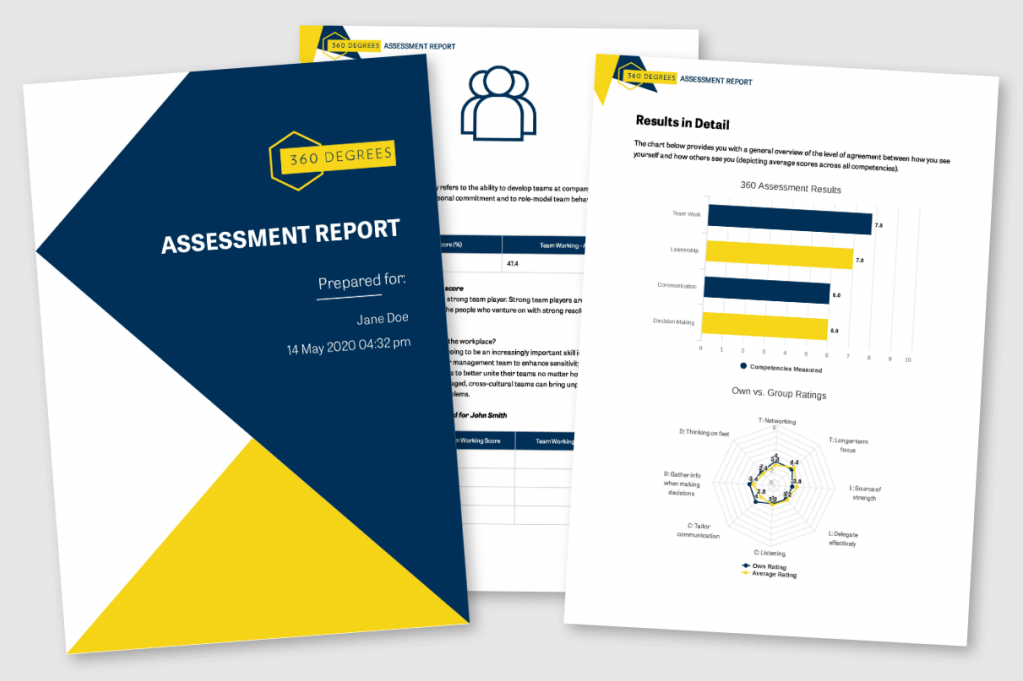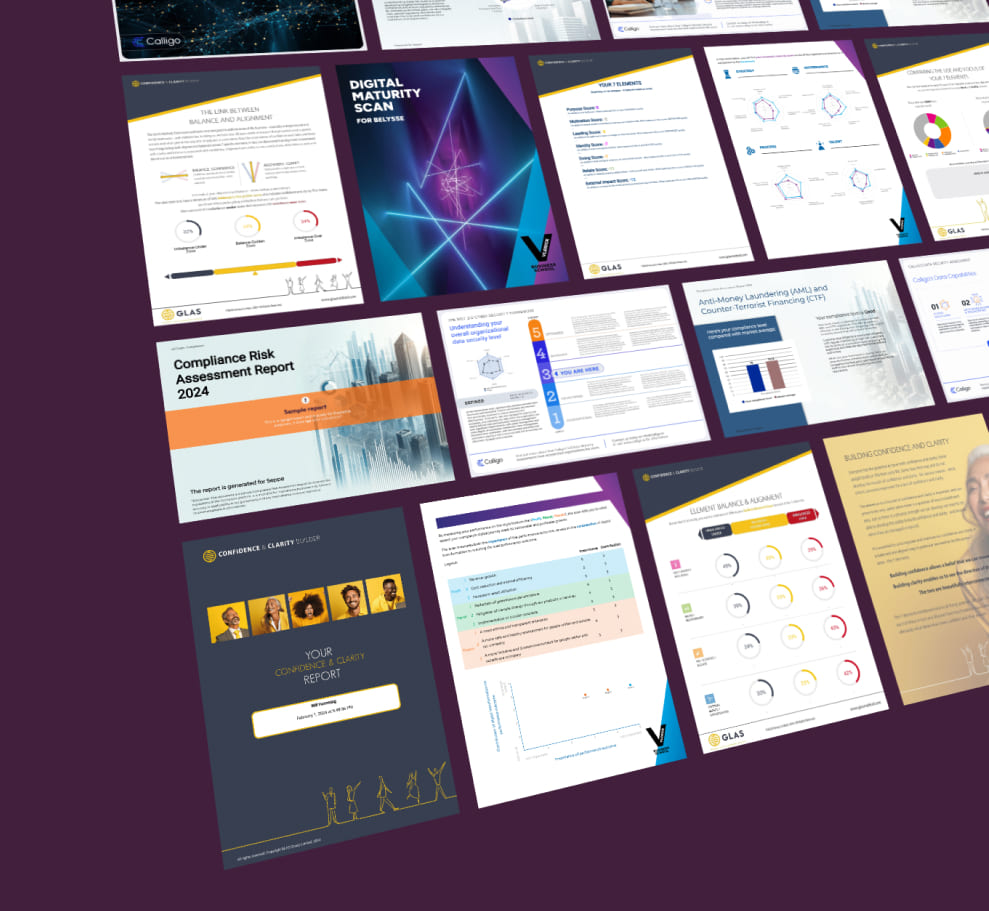Customer feedback is vital in any form of business. For one to truly know what the customers think of your products or services, you have to evaluate their loyalty and happiness.
So how do you collect this information?
One of the most effective methods is by using survey questions. Sounds simple right? In reality, that is not the case.
Crafting compelling survey questions is an art that one should master to get honest and constructive feedback. For you to get the right answers, you have to ask the relevant questions.
Below are guidelines on writing effective survey questions that will yield helpful data.
Have a plan
Before taking any other step, have a plan on how to write effective survey questions. You should ask yourself important questions before crafting the survey such as:
- What business decision am I trying to pass?
- What is the objective of my survey? Is it to measure perceptions? Behavior? Attitude?
- Do I know my audience?
- What kind of statistics will come out of this survey?
- What will my analysis look like?
As you craft your survey questions, you should be able to know if the data you are using will address these objectives. Will the data provide you with the information that you need?
With such questions, you will be able to construct a useful and informative survey that will result in actionable data.
Effective survey question structures (types of questions)
There are many types of questions to choose from when it comes to writing a survey. Your questions should be precise and have the same interpretation to all those who will participate. Use a question structure that will appeal to your target audience. So what type of survey questions can you use to get started?
Below are common types of survey questions:
1. Nominal questions
These are questions that include percentages and counts. For example: “10% of the customers” or “27 respondents.” If this is the simple count that you are looking for, then you can use nominal questions. Nominal questions include the use of:
Yes/No
It is the most straightforward survey question to use and, therefore, the most common. It is the best if you are conducting a poll.
Example:

Multiple choice
For more than a Yes/No answer, you can use multiple choice. Here, you will add all the answers that you want, and the respondents get to pick just one response.
Example:
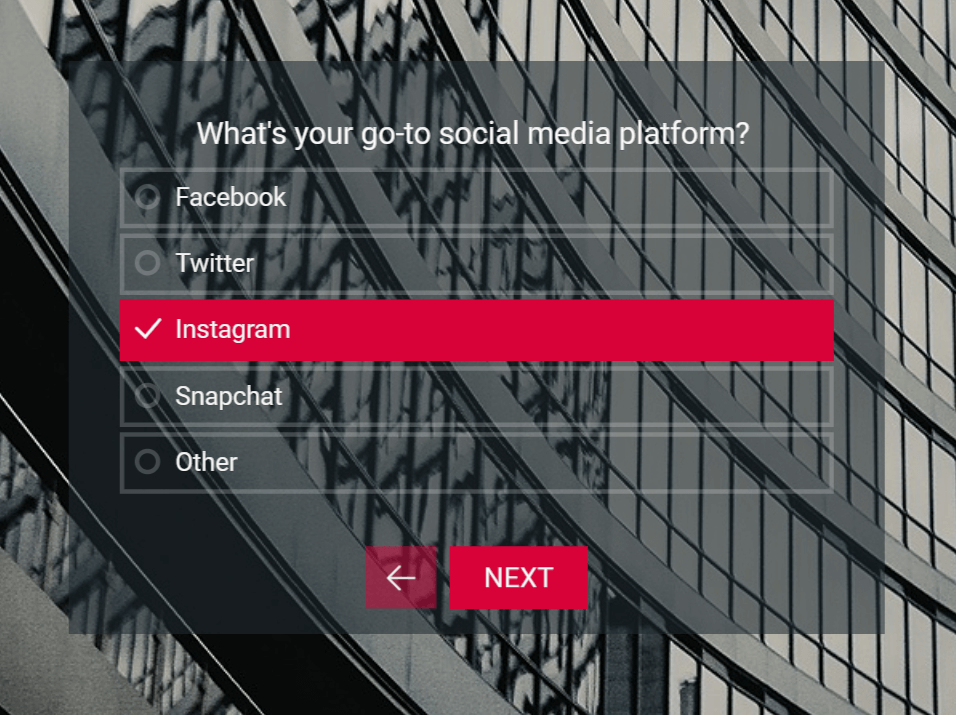
Checkbox
A checkbox is used to add flexibility. If you have multiple choice type of questions and the respondents may need to choose more than one option, you should use a checkbox. You will have the freedom to include all the questions that you want, and the respondents will, in turn, have the luxury to pick as many answers as they wish.
Example:
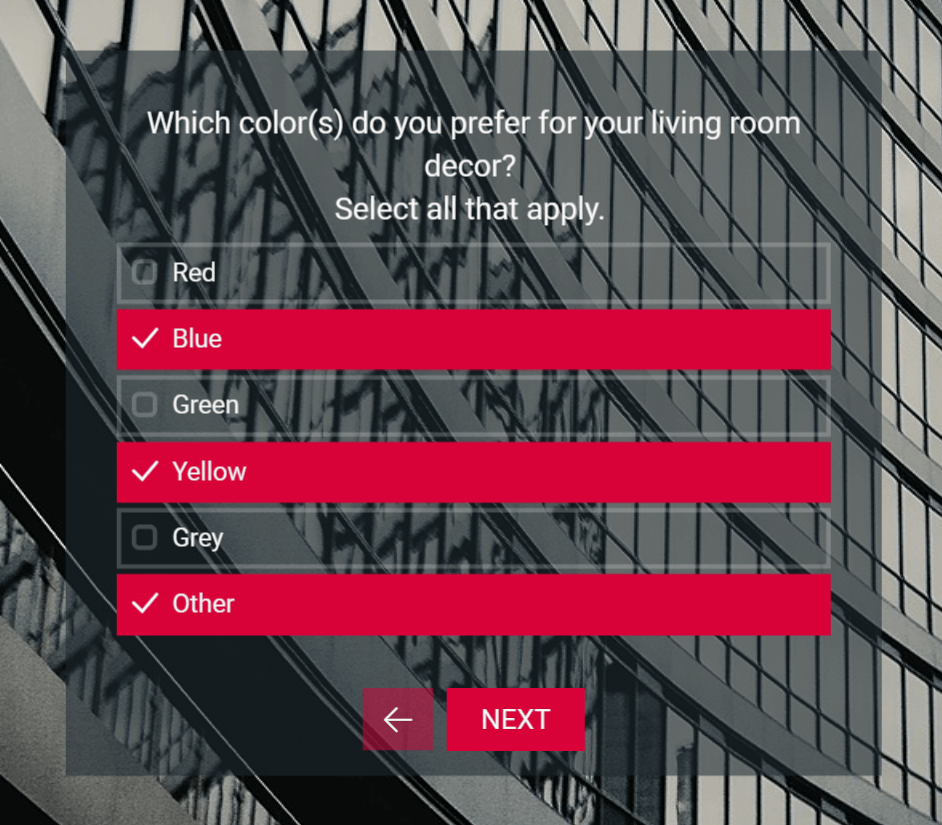
2. Ordinal questions
Such questions have a clear order. For example: “Income of $0-$30k, $31k-$60k, $61+” They are mostly used to collect ordinal data with the use of:
Drop-down
A drop-down is similar to multiple choice, you will have as many answers as you wish to include and the respondent will have to pick just one. With drop-down, you have to list the answers in a particular order. You may start from smallest to largest.
Example:
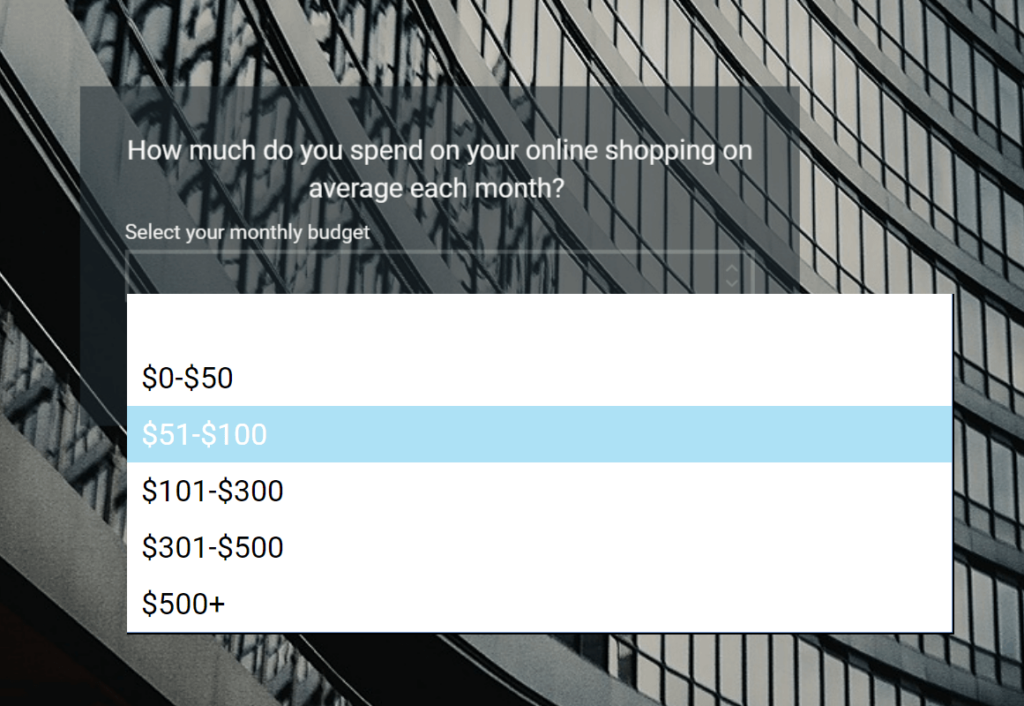
Ranking
It is where you ask respondents to rank the answers that you’ve listed for them in the order they want or is of importance to them. By using this method, you will have feedback for all the answers that you listed. Either way, you will get to learn which items have the most demand and which ones don’t.
Example:
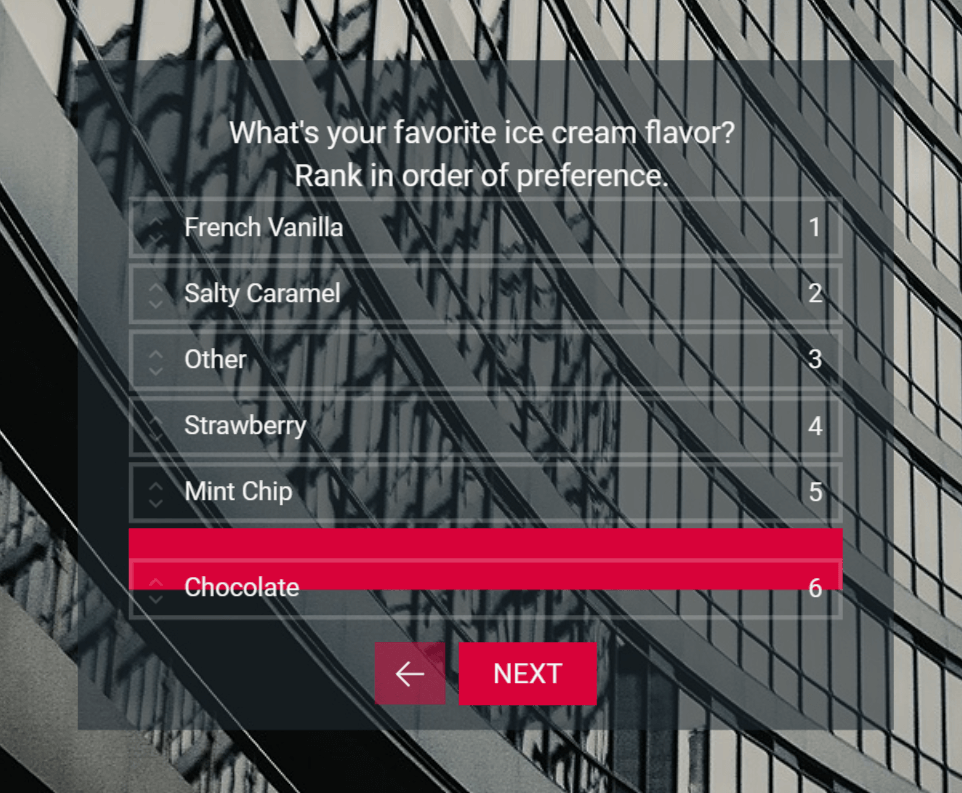
Just like in nominal questions, you get percentages and counts as well.
3. Interval questions
If you are looking to collect precise data, then it is best to use interval questions. With these questions, you can expect an in-depth analysis. You can either use:
Ranking scale
The answers here are not listed in a list form but instead, in a horizontal format. They will have multiple answers on your preferred scale.
Example:
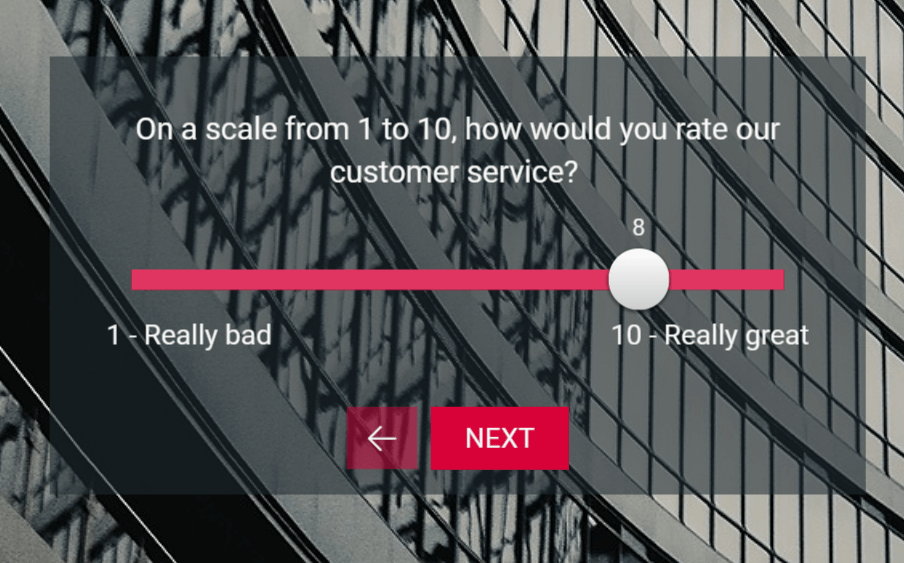
Matrix
Matrix works when you have numerous interval questions to ask. List some questions in a list form and then use one scale to answer.
Example:
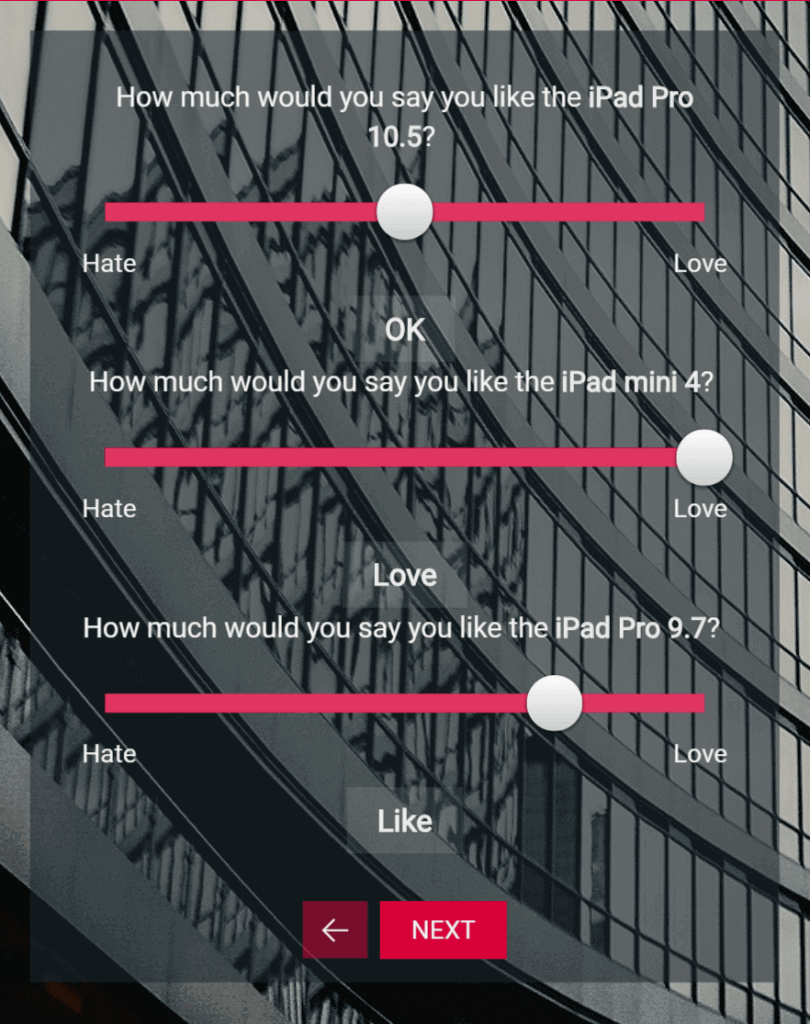
Note: Since matrixes are widely used in paper surveys and more old-fashioned online survey tools, you will not find such a feature in the Pointerpro tool. It is not a question type optimized for fast and mobile use.
The same result can be achieved by combining multiple raking questions on a single page.
Textbox
If you are looking for direct feedback, ratio questions, and personal data, then you will have to use a textbox. There will be a question and there will be a blank where the respondent can add their answer.
Example:

General tips for writing more effective survey questions
Practice makes perfect. So, one general tip we could give is this: start building surveys.
If you’ve clicked on the link, you’ll see that Pointerpro offers the unique advantage of auto-generating feedback to respondents based on their individual answers.
But, first you’ll need good questions, of course. To build useful survey questions, remember to:
Keep it simple
This is not the time for you to use complicated words. You may end up frustrating or confusing the respondents. In such a scenario, they will either give you unclear answers or not participate in it altogether.
Simplicity is essential; they should be short, simple, and clear. Make it easy for your respondents to access the survey questions bearing in mind that they are busy. They should, therefore, be able to understand the questions and answer them in a short amount of time. A lengthy survey may incur the possibility of high abandonment rate.
Speak their language
In general, keeping the questions direct and straightforward is always an important rule. Know your respondents and talk to them on their level. You should, therefore, consider things like the level of their education. Use words that can be easily understood and never assume knowledge.
Avoid acronyms, double negatives, industry jargon, undefined abbreviations, and technical concepts. You should provide all the necessary facts for the respondents to comprehend what you are asking them. If you intend to reference something that the respondents may be unfamiliar with, add details that will further explain this to them.
For example, don’t ask:
“How would you like to be enrolled in GreenDirect?”
The first question a respondent will ask is what GreenDirect represents.
Instead, phrase it like this:
“GreenDirect is a fresh fruits delivery service that offers door to door service 24 hours round the clock. How would you like to enroll in GreenDirect?”
If you don’t take the further step of doing the explaining, your survey may risk not yielding any responses.
Refrain from asking polar questions
What are polar questions? They are the Yes/No questions we have discussed earlier. The expected answers have only two possible answers, i.e., a yes or a no. So why should you refrain from using them?
You should avoid them because that’s all the answers that you can expect. You will never know the reasons for giving those answers. The primary purpose of a survey is to try and figure out the mindset of the respondent, and with such questions, you are bound to fail. You can’t expect helpful answers, hence, the objective of the survey will be disrupted.
Examples of polar questions include:
“Do you use perfumed detergents? Yes/No.”
“Do you stream movies online? Yes/No.”
Avoid double-barreled questions
Nobody likes getting bombarded with a string of questions at a go. That’s what double-barreled questions are, two questions phrased as one. It is a common mistake done when writing the survey questions.
An example of such a question may be:
“How did you like the taste and appearance of our meatloaf?”
A respondent may not find a clear way to answer such a question. They may like the taste but not the appearance or vice versa. You should, therefore, break the question into two parts.
You could instead ask:
“Please rate the taste of our meatloaf.”
“Please rate the appearance of our meatloaf.”
Avoid using leading questions
At times, knowingly or unknowingly, your opinions may seep into your survey questions. Such questions may in one way or another encourage the customers to respond in a certain way, and this will compromise the results of the survey.
Leading questions are questions that guide the respondents in the direction of your choice. To avoid these questions, you could ask a third party to go through your sample questions for any questions that may seem leading.
An example of a leading question may sound like:
“Don’t you agree that our sunscreen is the best?”
With such a question, you cannot yield any objective data. If you are looking for honest opinions, avoid dictating the kind of response that you wish to attain.
An example of an objective question sounds like:
“How would you rate our sunscreen?”
Make sure your survey works on multiple devices
You can expect that different respondents will use a variety of devices while partaking in your survey. When choosing which app to use, have this consideration and pick one that’s responsive and has a mobile and desktop version.
As you consider the devices, think about the place or time that the respondents will be taking the survey. Preview your survey on both the computer and phone to make sure that all users will have an easy time.
Conclusion
You have learned how to create questions that will yield the answers that you need and what to avoid. Here is the last and most significant bit, test the survey. Find people to partake in this exercise without any coaching from you and gather their feedback. You will have a chance to identify the areas that require improvements.
The target response rate of your survey depends on a number of parameters, especially the type of relationship that you have with those respondents. There are certain average survey response rate benchmarks you can keep in mind to make sure you attain actionable feedback! You can include a thank you page for all those who participated in the survey with the link to your website, two birds down with one stone.
Do you want to start putting all these tips in practice and build powerful surveys that deliver what you expect from them? Maybe create automated personalized PDF reports for your respondents? Then find out more about Pointerpro and our Report Builder here.




